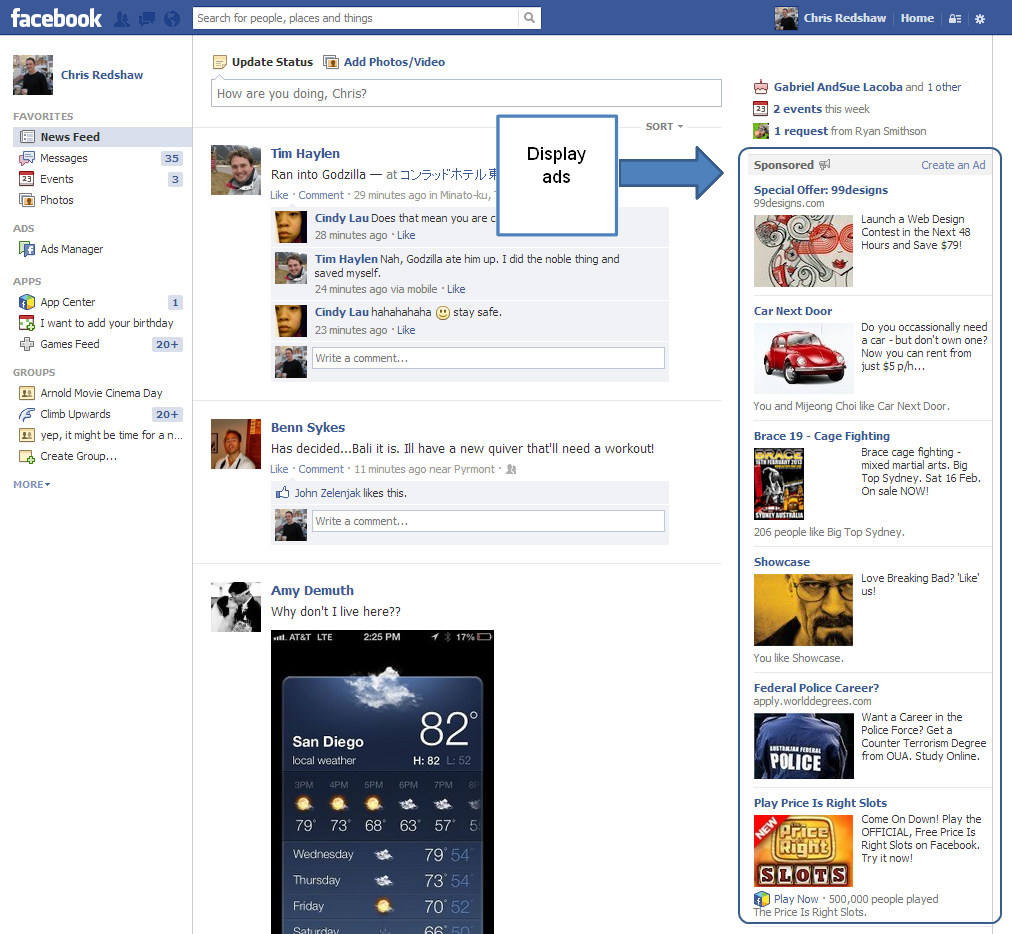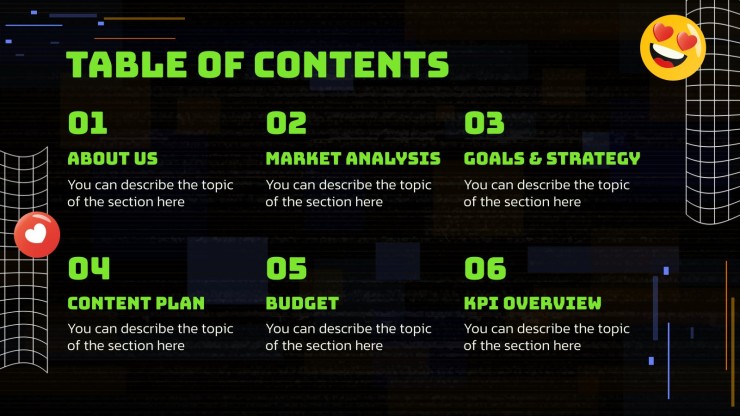
Your content marketing strategy needs to be focused on your goals and help your products and/or services. Start with your short-term goals, and work your way to your long-term goals. If you create a plan, it will help you achieve your goals in a structured way. These are some tips that will help you make your content marketing strategy smart and goal-oriented. Learn how to do this right. Once you are familiar with the basics of content marketing you can begin creating the best possible product for your company.
Goal-oriented
There are many approaches to content marketing, but each strategy is focused on a specific goal. If your content is easy to find, prospects will be more likely to buy your product. It's possible to combine multiple types of content to accomplish more goals. You should consider three types of content: educational, enlightening and promotional.
Content marketing should be used to raise brand awareness. Brand awareness is an important goal but it shouldn't be your only goal. Content should result in profitable action. This means that you must set clear goals for your content marketing strategy. Your marketing strategy must work for you business. You need to be able to measure your success. Fortunately, every content marketing strategy should have some form of analytics. Keep track of the results to help you make adjustments.
SMART

Smart content marketing strategies are necessary to reach more people, increase traffic, and improve engagement. Targeting specific groups is the best way to use content marketing strategies. Relevant content will increase engagement and drive profits. Smart content strategies incorporate audience segmentation, and content that keeps people coming back for more. Smart content marketing strategies will help you increase engagement, traffic, leads and ultimately, conversions. So, what are these content marketing strategies?
A content marketing strategy must include customer research. You must understand your target audience's buying habits and pain points. This is called your customer avatar, also known as buyer persona. The persona will help you decide what types of content you should create, how to segment your audience, and how to capture leads. It will be easier to create content that resonates for your customer avatar. In addition, you'll know which types of content will work best for your audience and which ones won't.
Get input from the relevant departments
To ensure the success of any content strategy, it is important to seek input from other departments. The best content strategies involve collaboration and input from multiple departments. Sharing content across departments allows each department to achieve its own goals while still having a degree of autonomy. This is particularly important when a single piece of content can achieve many goals. Here are some tips on creating content strategies that integrate inputs from many departments.
Monitoring analytic reporting
Monitoring analytic reports can help content marketers gain valuable insights. Analytic reports that show the traffic to a piece or content will help you determine what content converts into leads. It is important to analyze the content that your competitors are publishing in order to understand your target audience and what they want. While whitepapers or e-books may not be the right target audience for your business, engaging and captivating readers is essential to your success.

While segmentation provides a more detailed view of content-only pages, it's still only generic information. You can get more useful information by looking at the traffic sources that brought visitors to your website. Was your website more popular through social media than from referrals? If referrals topped the list, look for specific pieces of content that performed better than other forms of traffic. Finally, examine the content you produce and determine which types perform best across all channels.
FAQ
Are you looking for content marketing that can be done by one person or a group?
This question will depend on your experience, budget, and skill set. If you don’t have enough resources to hire someone for content creation, distribution, optimization, and maintenance tasks, you’ll need to learn how it’s done yourself.
You shouldn't attempt to succeed in content marketing if you don't have the support you need.
An agency or content strategist that is skilled in creating great content can save you both time and money as well as help you achieve better results.
You can't achieve success unless you work hard, produce high-quality content, and keep up with current trends. That's why having a solid content strategy in place is vital.
What is the goal of content-marketing?
Content marketing is about creating valuable and relevant content for customers. This can be achieved through various channels, such as email campaigns and white papers. Delivering value is key.
What is the average time it takes to start content marketing?
It all depends on your business size. It is more difficult for smaller businesses to invest in content marketing right away. It can be a great investment if you are willing to invest some time.
Statistics
- Progress indicators (0–100%) allow each team member to see how attainable each goal is and understand what remains to be accomplished. (semrush.com)
- This marketing strategy landed Ford a 15.4% conversion rate. (neilpatel.com)
- According to our research, brand awareness, attracting traffic, and generating leads remain the key content marketing goals in 2022. (semrush.com)
- Forty-seven percent of buyers view 3 to 5 pieces of content before engaging with a sales representative. (mailchimp.com)
- In fact, would pay more for a better customer experience, and 86% of B2B buyers would pay more. (neilpatel.com)
- According to research compiled by Coschedule: Companies that publish 16+ blog posts a month get as much as 3.5x as much traffic as those that publish 0-4 posts a month. (criteo.com)
- Seventy-two percent business to business (B2B) (mailchimp.com)
- Measure your goals with a progress indicator of 0-100%. Make your goals collaborative and transparent (semrush.com)
External Links
How To
Infographic Design Tips for Content Marketing
Infographics are one of the most effective ways to explain complex concepts simply, making information easy to understand. Content marketing aims to provide useful and valuable information to your target audience, so you should consider using infographics to help spread this message.
To create an infographic, Adobe Illustrator or Photoshop is required. These programs can be used for drawing out shapes and elements to represent data. After that, you can add fonts and colors to make it look professional. Once you have your design ready, upload images from Unsplash or Pixabay to add to it.
You can find inspiration for your own ideas by looking at existing infographics online. A picture of a food Pyramid could be used to show how many calories each food has. Or, you might choose to look up how much sugar is in soda pop and change that number to a picture of a bottle of Coke.
Once you have created your infographic it is possible to share it via social media channels like Facebook, Twitter and Google+. This helps people who aren't familiar with the concept learn about it. You can include hashtags in your infographic if you want to share it on social media. Hashtags allow users to follow along with conversations surrounding specific topics.
You can make infographics shorter if your posts are short. A blog post may be 2000-5000 words long. An infographic requires only 500-1000 words. This means you can easily convey more information with less space.
Your infographic should be easy to read for some viewers. Use large fonts, but don't overuse color in your infographics. It is important that all text is legible.
These are additional tips:
-
Use an infographic template. There are many free templates online. Canva, Piktochart and Google Slides are the most used templates.
-
Your Infographic is ready. Use the template to create your infographic. You can use whatever media is most appropriate for your audience. You might use photos of local restaurants to create an infographic about the best places in Seattle.
-
Add text. Add text once your infographic is created.
-
Add Images. You can also add images to your infographic. These images can include charts, graphs and icons. You should make sure that the picture you upload is related to your topic.
-
Make it interactive. Interactive elements like buttons, maps and links can be added to your website. This will allow you to engage your audience.
-
Share. When you're done, share your infographic on social media sites like Facebook, Twitter, LinkedIn, Pinterest, and Instagram.
-
Measure. Your infographic's performance. Did people click through to your website? Did they sign-up for your email address? Was their reaction to the infographic?
-
Improve. Is there a way to improve your infographic? What could you do better next year?
-
Repeat. Do it again.